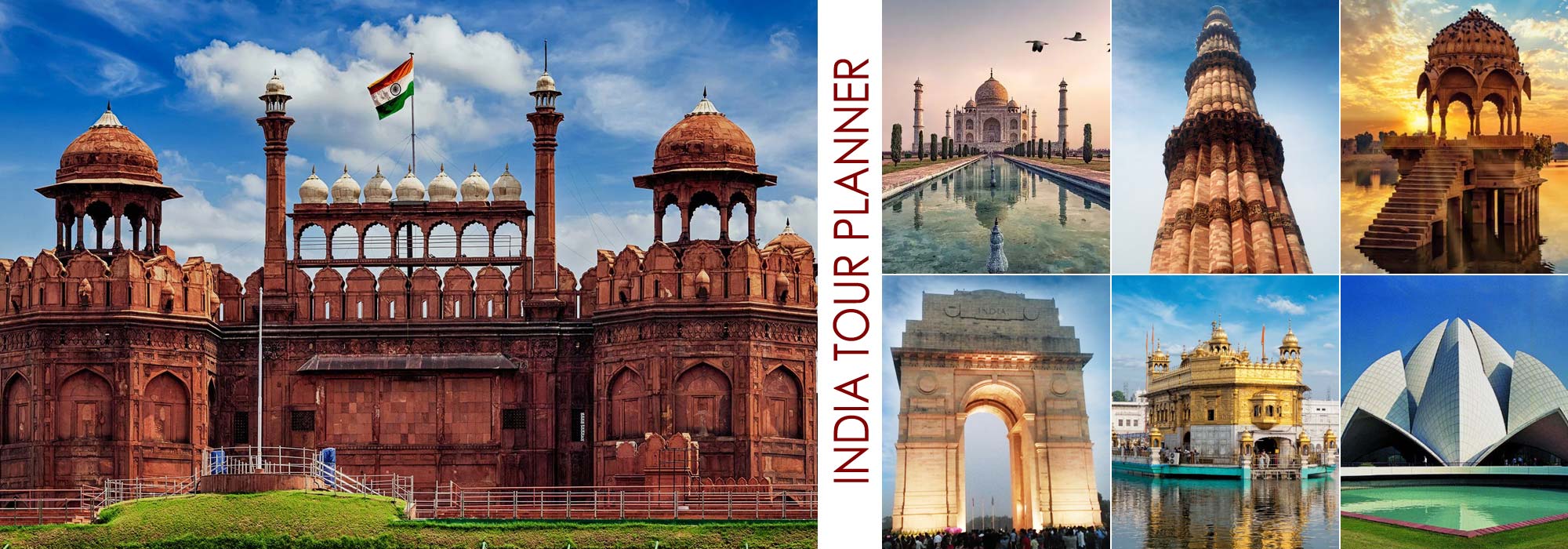
Bandhavgarh Tourism
Bandhavgarh National Park is a travel destination in India which is simply unmissable. It is home to the highest density of tigers in the world, and you never know when your eyes meet those of a tiger. Located in the district of Umaria in Madhya Pradesh, it is the abode of the Royal Bengal Tigers, who command awe and reverence in equal measure. Steely gazed and unblinking, they are enough to send numerous chills down the spine. Inside Bandhavgarh, you also come across the Bandhavgarh Fort, whose origins and history is mired in ambiguity.
The incredible variety of fauna inside the park is matched by its dramatic landscape, which often shifts between rocky and hilly. For a wildlife enthusiast Bandhavgarh is one of those places which brings before you nature’s many faces. Here, the tiger lurks behind the bush, patiently and stealthily! Then, as quickly as you might think, he pounces on his prey with an unbelievable ferocity, power in his arms and grace in his movements. This is Bandhavgarh, this is tiger country! Besides the tigers, there are around 37 species of mammals and 250 species of birds in the park. Some of the must see birds in Bandhavgarh are grey hornbill and red jungle fowl. Mammals such as the Nilgai and Gaur (Indian Bison) immediately have the visitors reaching for their cameras!
Total Area: 437 sq. kms / 44,884 hectares/ 168 sq. miles Established: 1968 as a National Park. Extended in: 1986 Became A Tiger Reserve: In 1993 Distance from Panna Tiger Reserve: 190 Km Approx.
Bandhavgarh National Park
This park is the pride of the region. People from all over the world come to Bandhavgarh only to see the park. It is home to many endangered species like the Indian Bison, langurs, chital, jackal, chinkara and the most popular animal of the region, the tigers. The National park spreads over 105 sq. km area and has the highest density of tigers in the world. Apart from the wild animals, tourists come here to watch a large variety of exotic bird species. Some of the popular species of birds found here are the steppe eagles, gray Malabar hornbills, green pigeons, browned fantails, and green bee eaters.
Bandhavgarh Fort
The fort located on top of the Bandhavgarh hill amidst the national park is one of the oldest forts in India. The fort has its mention in the ancient Indian books like ‘Narad Panch Ratra’ and the ‘Shiva Purana.’ Surrounded by various smaller hills that are separated by the sloping valleys, this fort is home to some endangered species of vultures. Legend has it that the Bandhavgarh fort was built by Lord Rama during his course of return from Lanka after defeating the demon Ravana. Insides the fort, there are statues of Lord Vishnu that date back to 10th century AD.
Elephant Safari
If you love adventure, you would surely be thrilled by the Elephant safari. Taking a ride across the National park is a great way to explore the various tourist spots around the area and is also a great platform to view more than 250 species of birds that are found in the region.
Bandhavgarh Hill
This hill with an elevation of 807 m above sea level is nestled in the centre of the National Park. The Bandhavgarh Fort lies atop the hill and it was the seat of the different rulers of the Rewa State in 1617 AD. The hill is surrounded by sloping valleys from all around and at the end of the valleys are the swampy meadows, which are popularly known as the ‘bohera’ in the local language.
Baghel Museum
If you want a break from the jungle safari you can head to this Museum that will take you back in time. The museum has kept all the personal belongings of the Maharaja of Rewa. It also showcases the stuffed body of the first white tiger that was spotted by the Maharaja of Rewa. You can also find a lot of hunting equipments and personal gear of the king at the museum.
 +91 9799050299
+91 9799050299 
